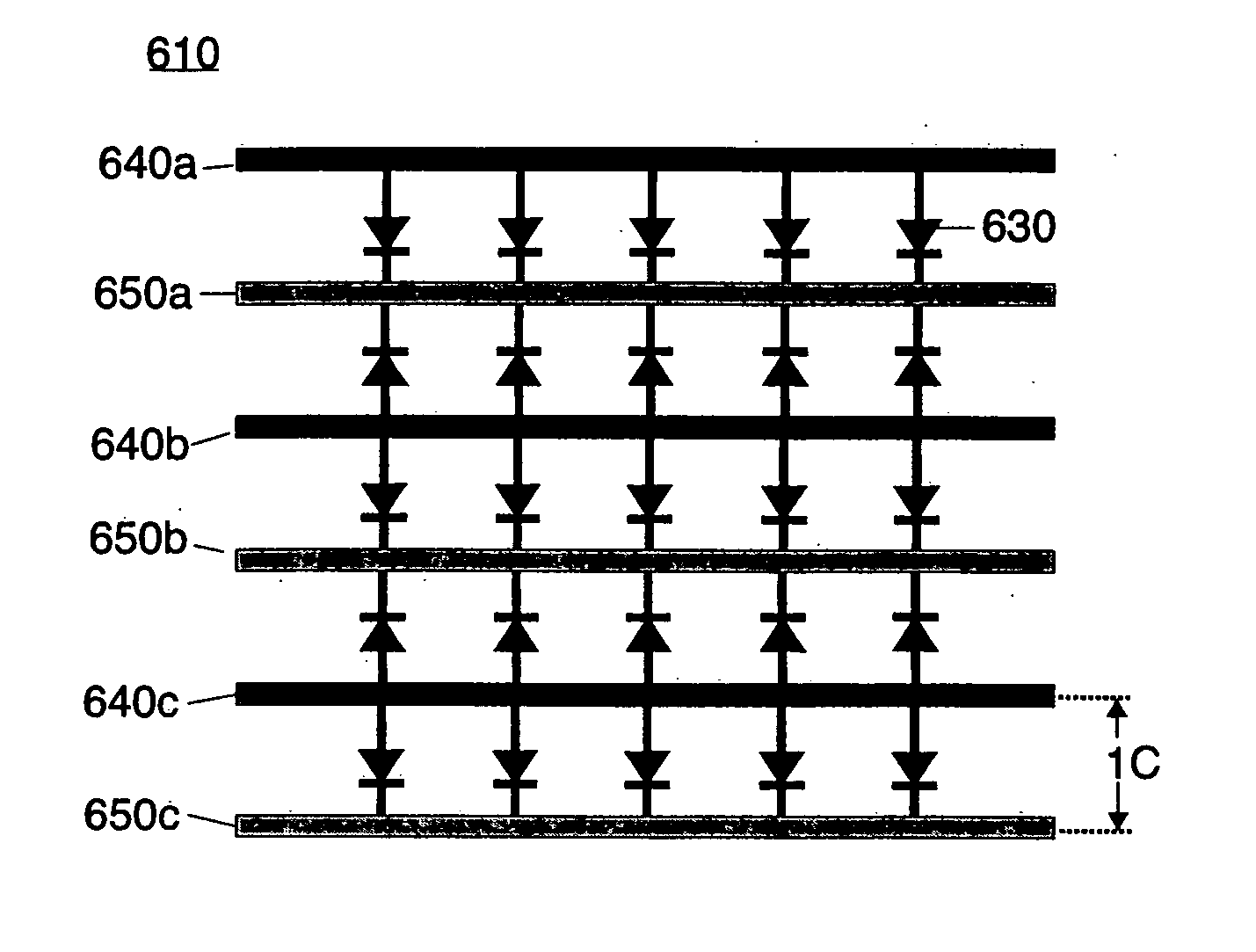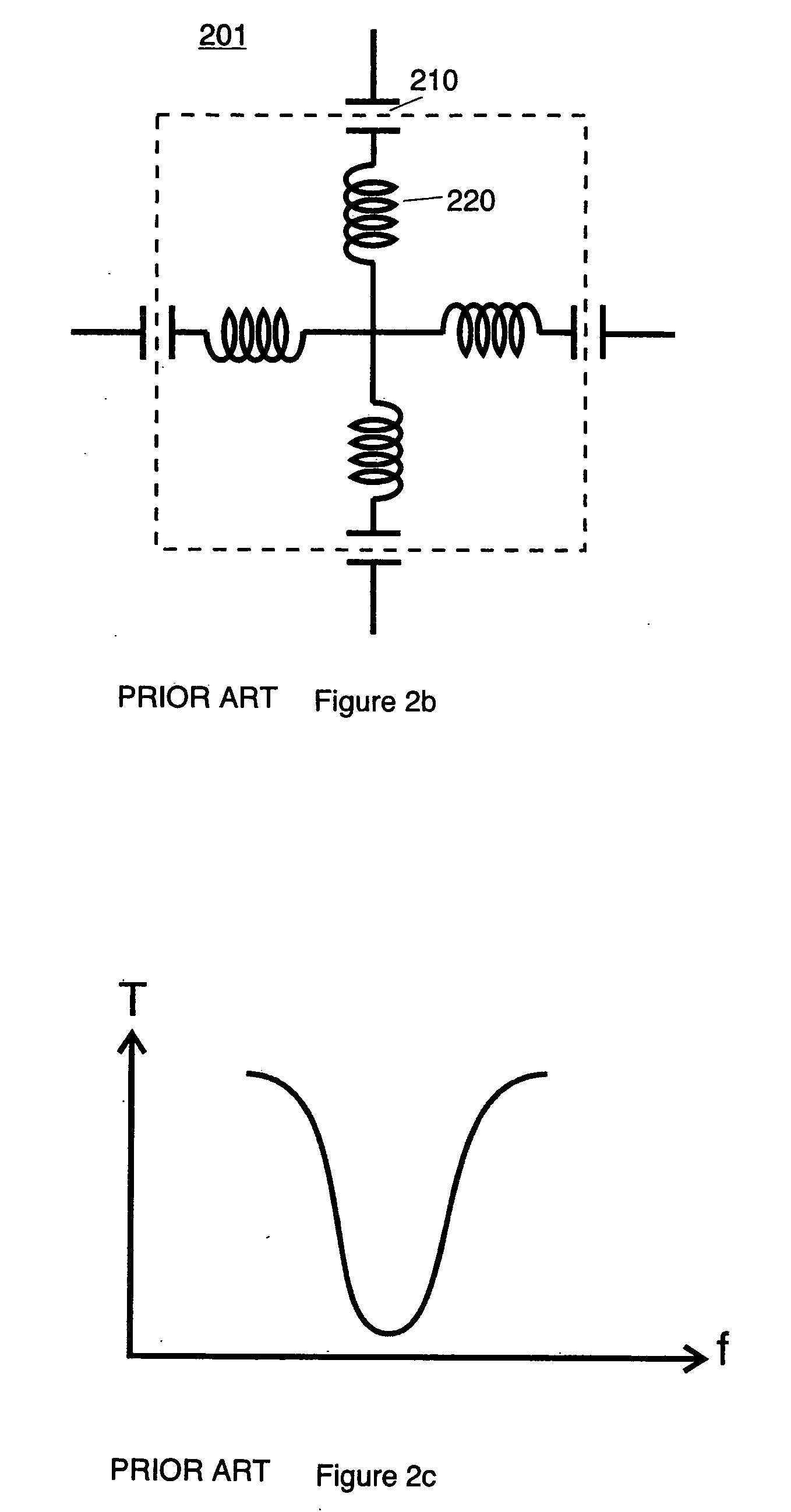Tunable frequency selective surface
a frequency selective surface and frequency selective technology, applied in the direction of antenna details, electrically short antennas, antennas, etc., can solve the problems of not being able to achieve rapid tuning, many of the above methods are not practical, and the effect of reducing the usefulness of continuous tunable surfaces
- Summary
- Abstract
- Description
- Claims
- Application Information
AI Technical Summary
Problems solved by technology
Method used
Image
Examples
Embodiment Construction
[0064] Of the two surfaces that are commonly used in FSS design, the Inverse structure 300 is the most appropriate in designing a TFSS. The series LC circuit 510, shown in FIG. 5a, used by the Jerusalem cross 200 is difficult to use because it lacks a continuous metal path throughout the surface, so it is difficult to provide DC bias to the internal cells. Whereas, the parallel LC circuit 511, shown in FIG. 5b, used by Inverse structure 300, does not have this limitation.
[0065] The parallel circuit 512, which is an equivalent circuit for LC circuit 511, can be constructed as a varactor diode 530 in parallel with a narrow metal wire 540, which acts as an inductor, and in parallel with a DC blocking capacitor 550, as shown in FIG. 5c.
[0066] The parallel circuit 513, which is another equivalent circuit for LC circuit 511, can also be constructed as two varactor diodes 560 and 561 in parallel with a narrow metal wire 570, which acts as an inductor, as shown in FIG. 5d.
[0067] Using va...
PUM
 Login to View More
Login to View More Abstract
Description
Claims
Application Information
 Login to View More
Login to View More - R&D
- Intellectual Property
- Life Sciences
- Materials
- Tech Scout
- Unparalleled Data Quality
- Higher Quality Content
- 60% Fewer Hallucinations
Browse by: Latest US Patents, China's latest patents, Technical Efficacy Thesaurus, Application Domain, Technology Topic, Popular Technical Reports.
© 2025 PatSnap. All rights reserved.Legal|Privacy policy|Modern Slavery Act Transparency Statement|Sitemap|About US| Contact US: help@patsnap.com



